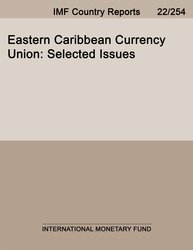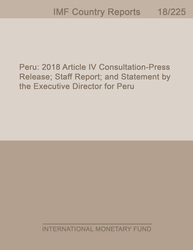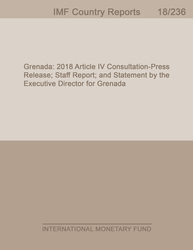
Eastern Caribbean Currency Union: Selected Issues
Selected Issues
READ MORE...
Volume/Issue:
Volume 2022
Issue 254
Publication date: July 2022
ISBN: 9798400217272
$20.00
Add to Cart by clicking price of the language and format you'd like to purchase
Available Languages and Formats
| English |
Prices in red indicate formats that are not yet available but are forthcoming.
Topics covered in this book
This title contains information about the following subjects.
Click on a subject if you would like to see other titles with the same subjects.
Economics- Macroeconomics , Money and Monetary Policy , Public Finance , International - Economics , Industries - Hospitality Travel and Tourism , Natural Disasters , responsibility framework , ECCU country , difference in Debt-to-GDP projection , B , output loss , Real GDP loss , Fiscal rules , Natural disasters , COVID-19 , Fiscal stance , Global , Caribbean
Also of interest
Summary
This Selected Issues paper focuses on scarring effects of the pandemic on the Eastern Caribbean Currency Union’s (ECCU). Assessing the extent of the scarring effects is essential for the conduct of future economic policy in the ECCU. A better understanding of the factors affecting the scarring effects and their fiscal implications could help inform the discussions on policies needed to overcome them, especially for economies with limited economic diversification and high vulnerability to frequent shocks and natural disasters such as the ECCU countries. The significant output contraction would generate scarring effects in the ECCU countries. The degree of scarring could vary with countries’ economic structure and policy responses to the pandemic. ECCU countries need to balance difficult tradeoffs to mitigate scaring effects of the pandemic, other recent shocks, and limited fiscal policy space. In the short term, the priorities are to continue health spending to cope with the pandemic and use effective social transfers to cope with rising living costs. In the medium term, moving from income support and job retention measures to adopting active labor market policies would facilitate the reallocation of workers and resources to their most productive uses and help foster productivity growth.
Copyright © 2010 - 2025
Powered by:
AIDC



